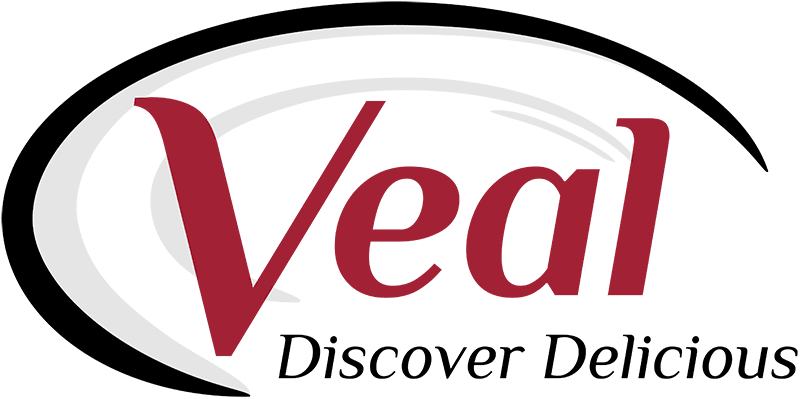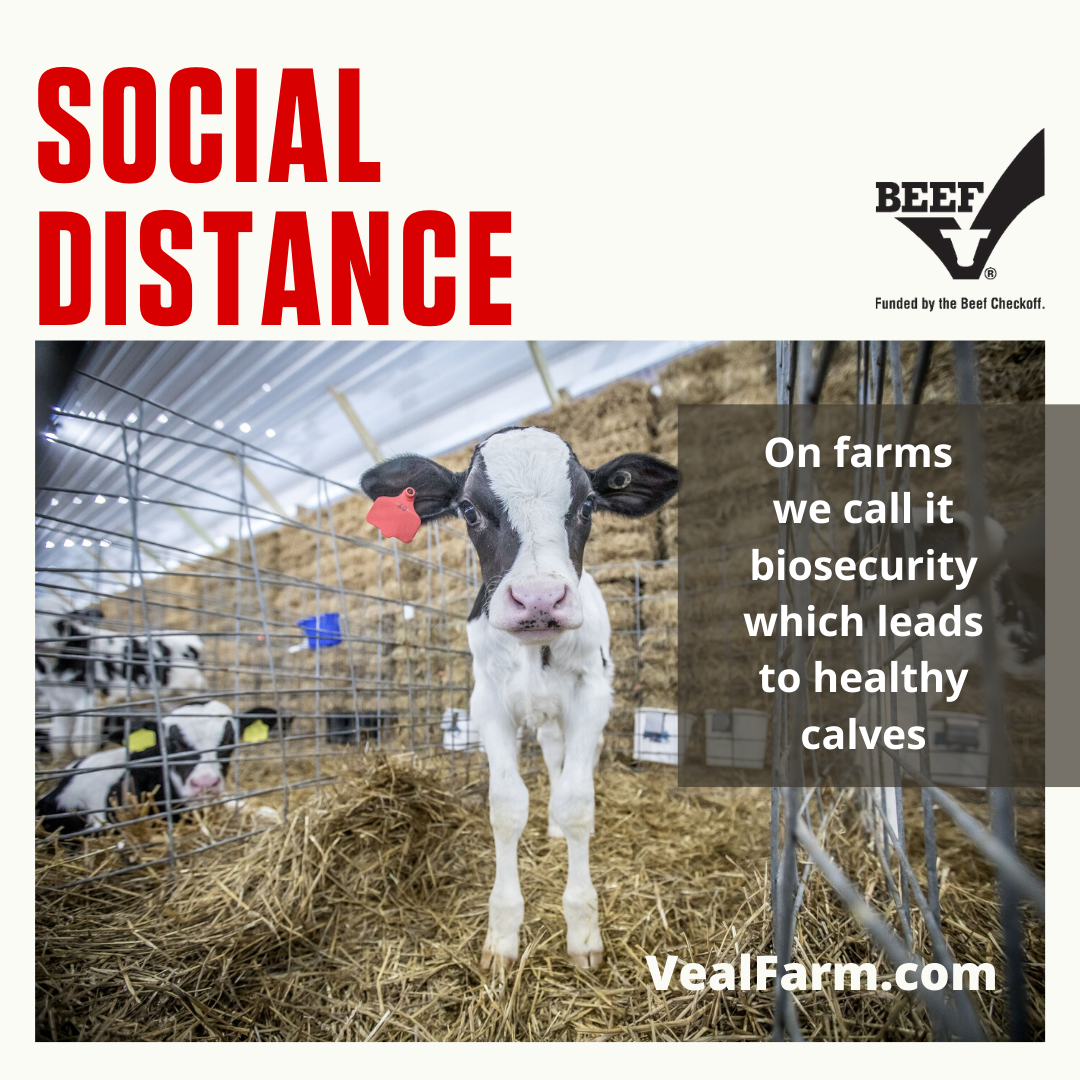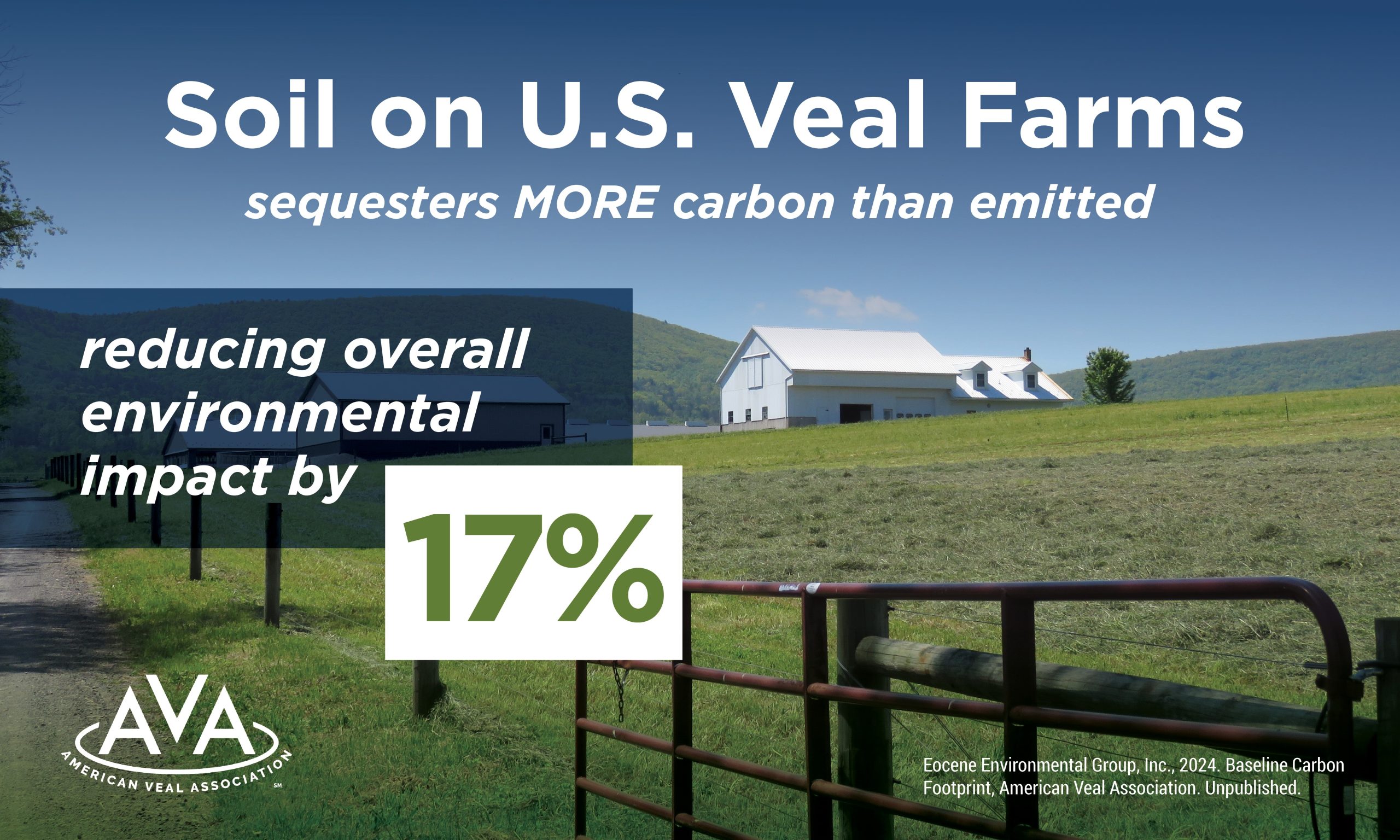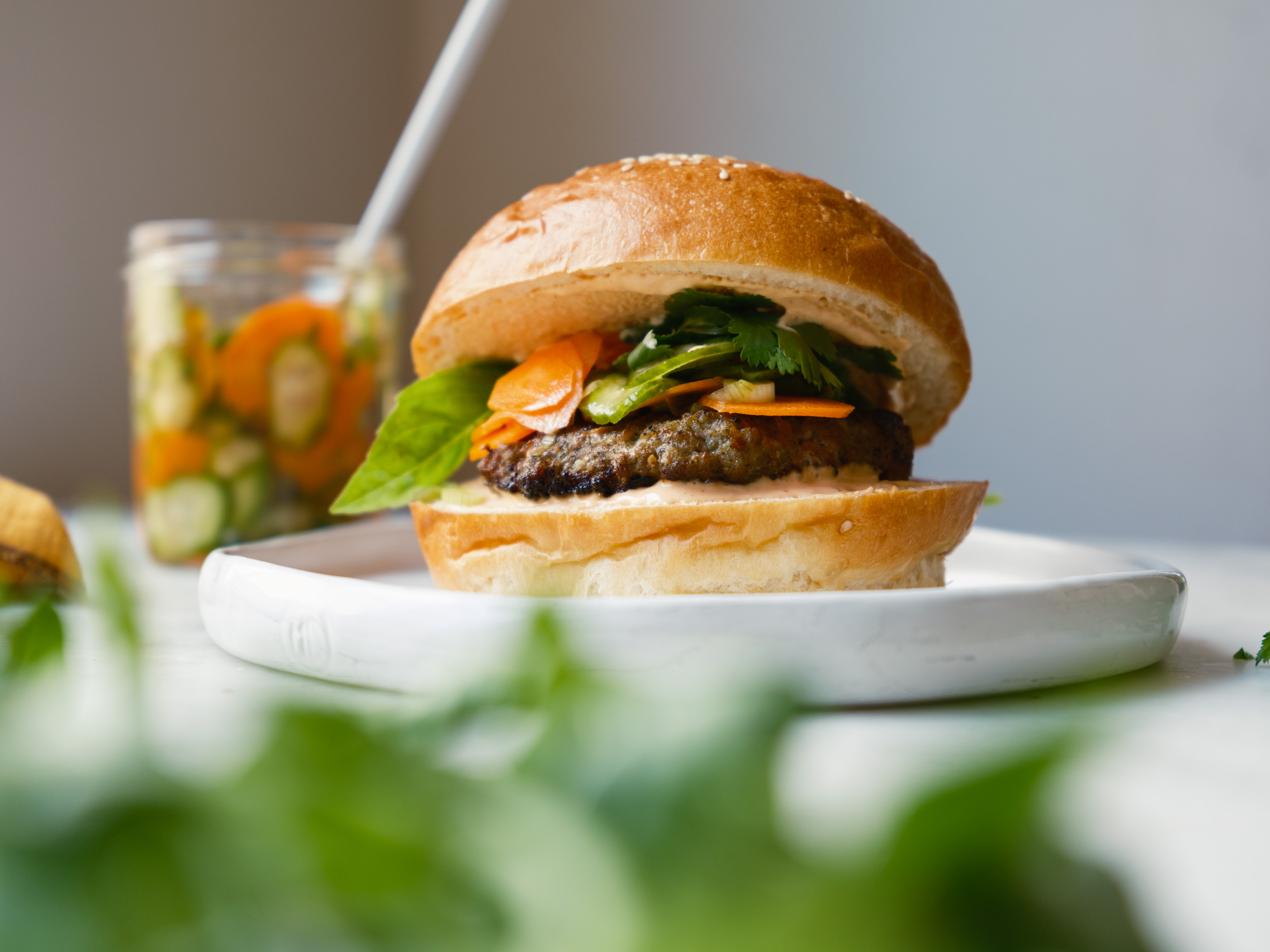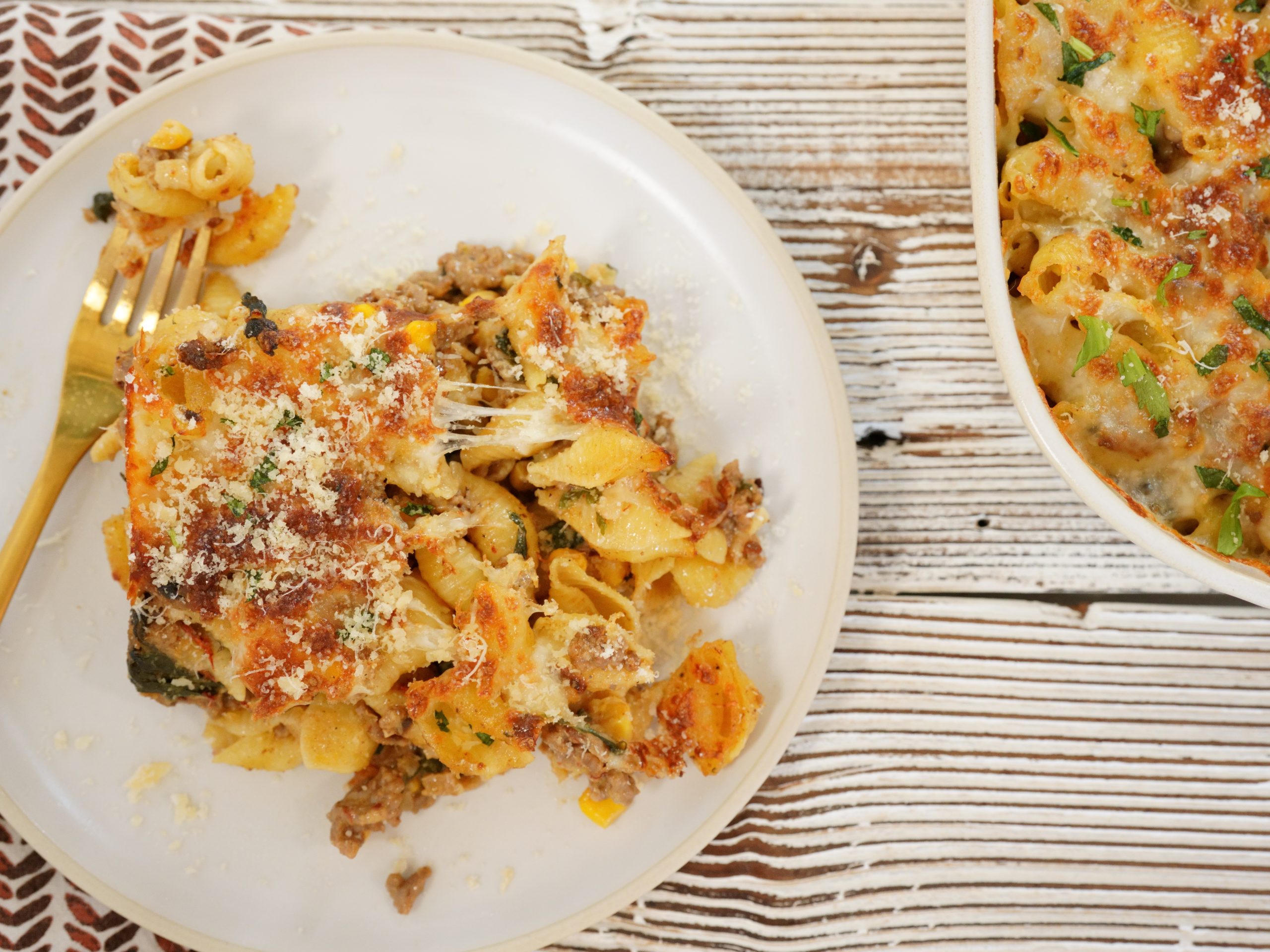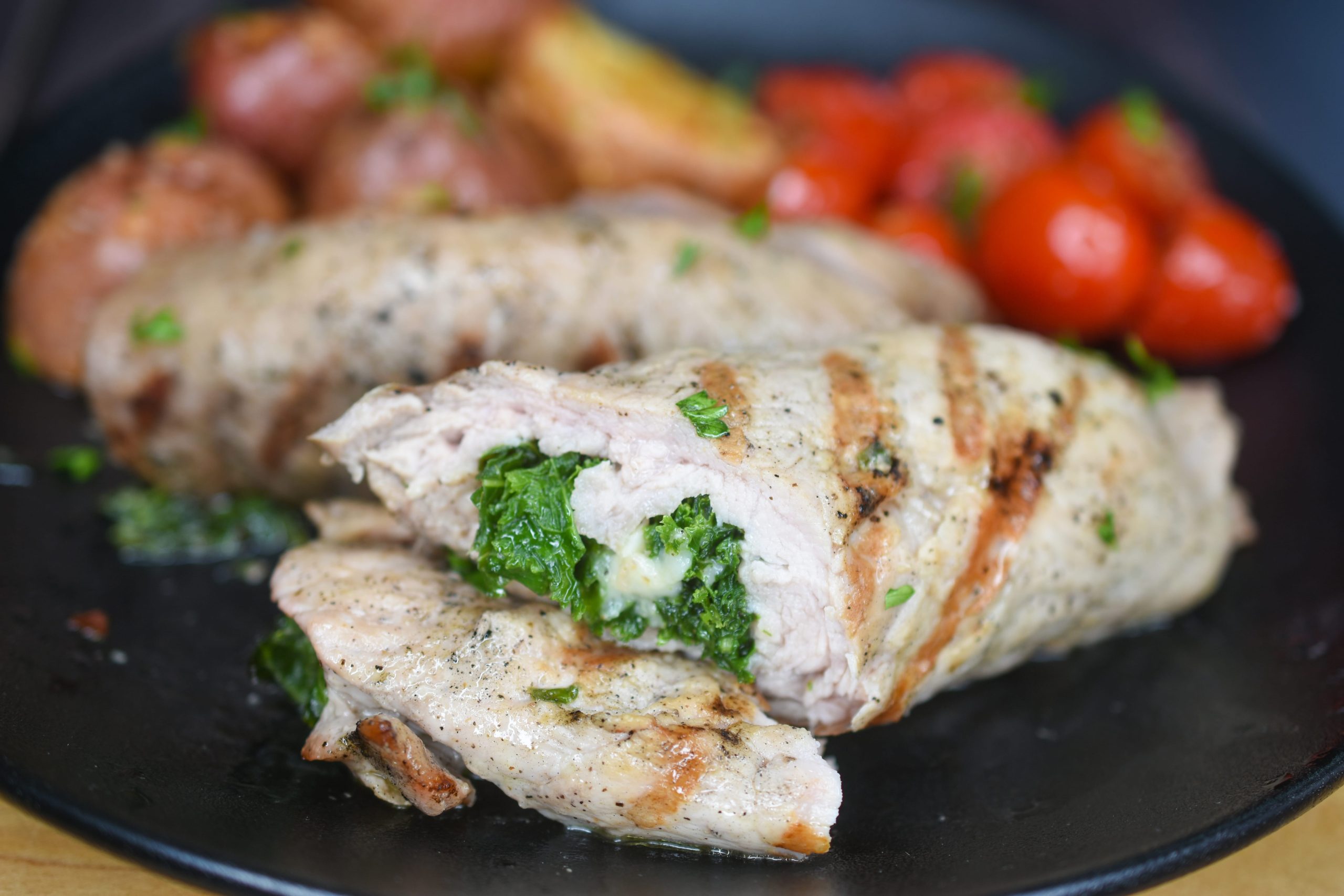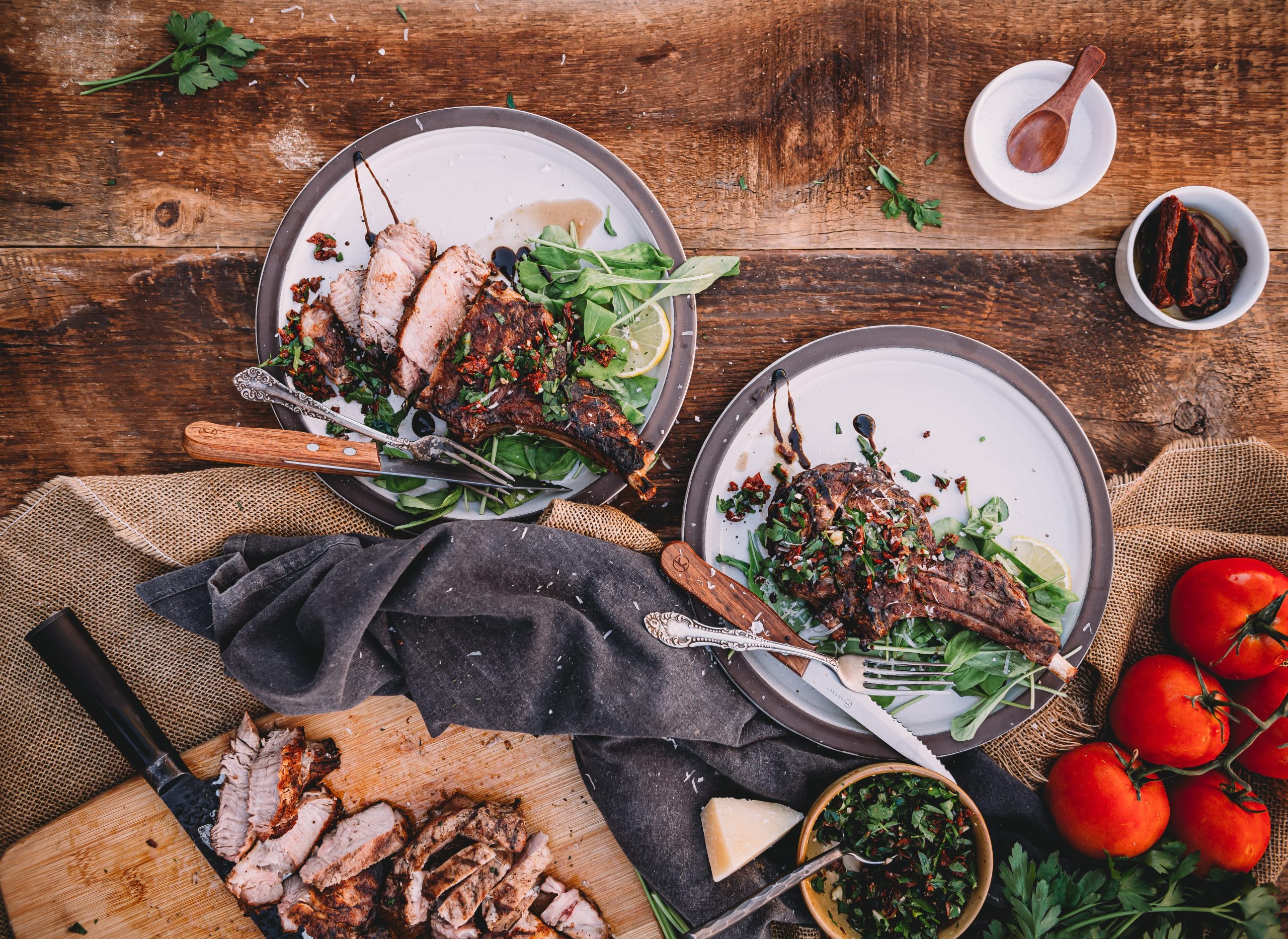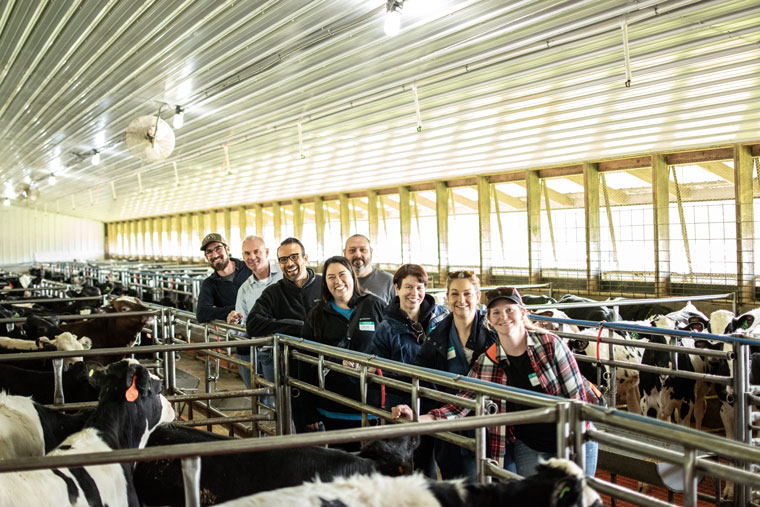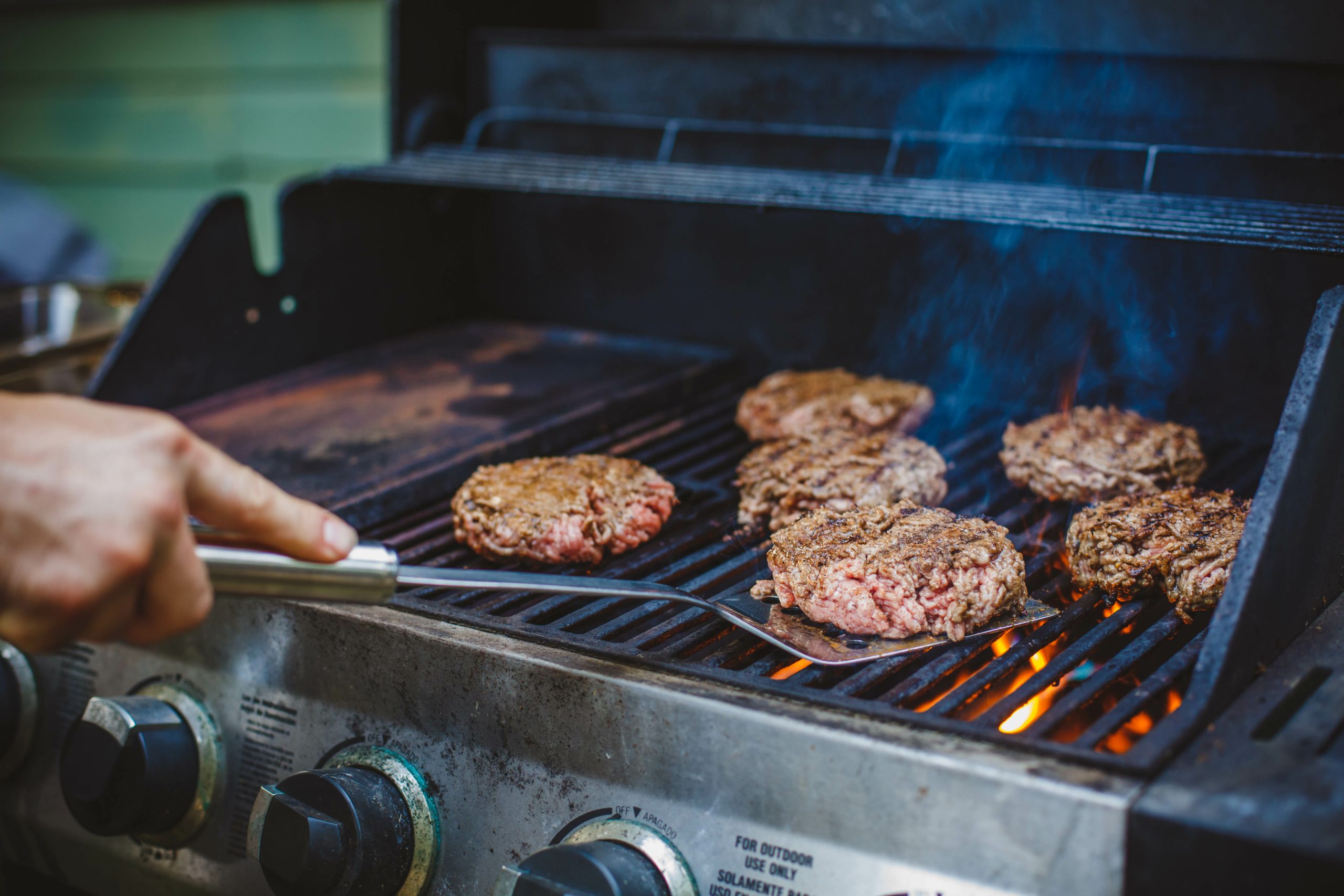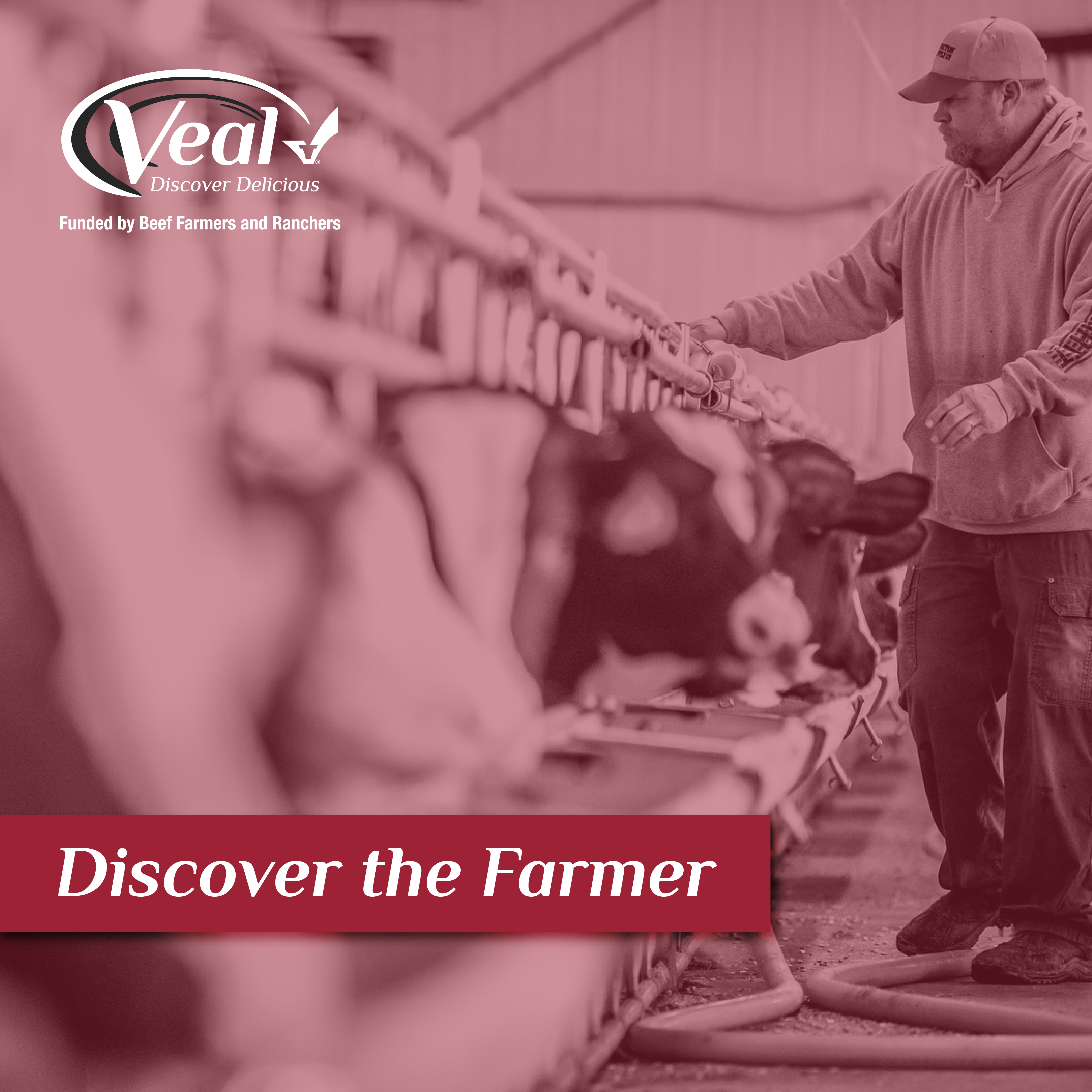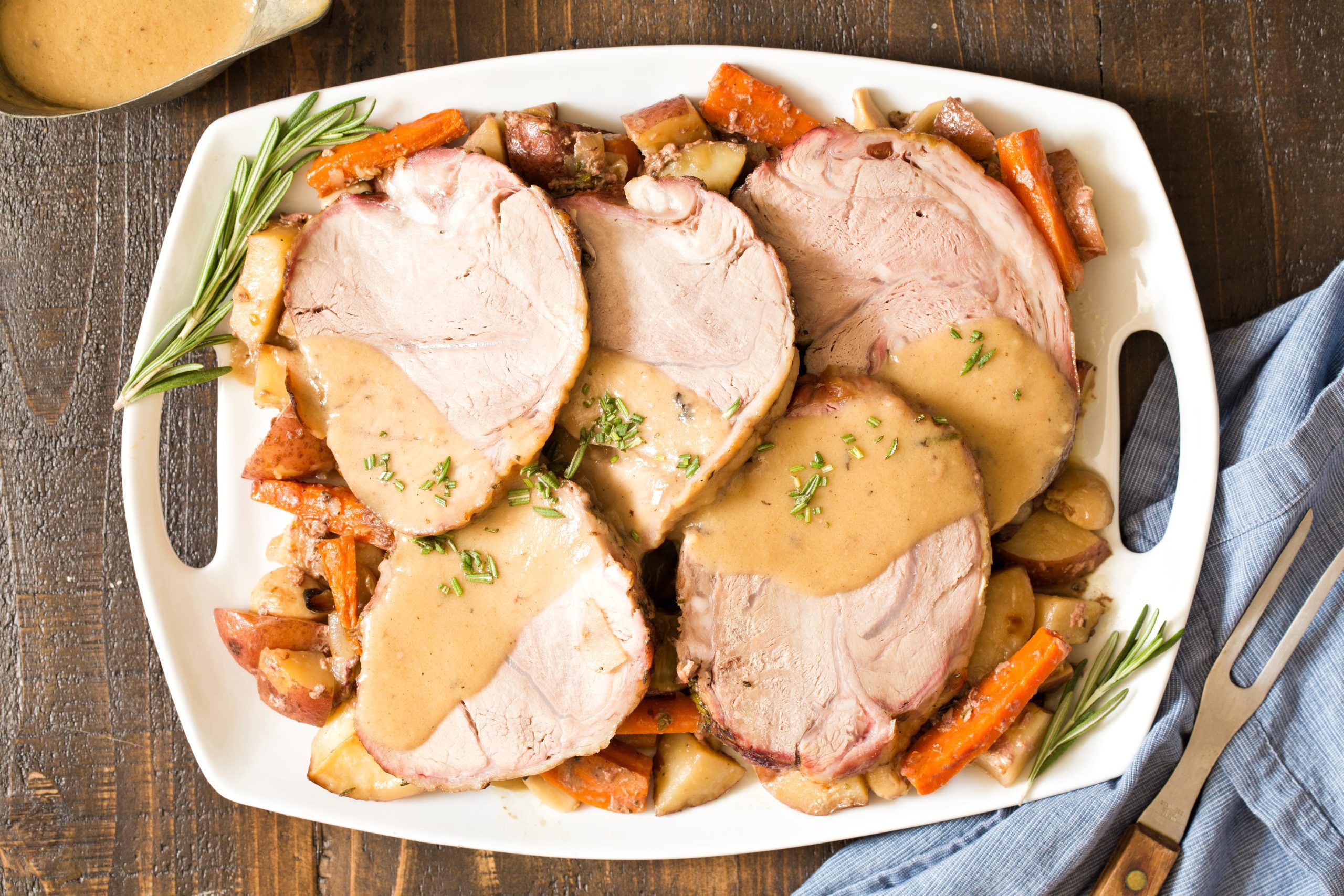The American population has become more familiar with the concept of social distancing because of the COVID-19 pandemic. But the health-safety practice that the Centers for Disease Control (CDC) define as “remaining out of congregate settings, avoiding mass gatherings and maintaining a distance of at least six feet from others,” has been a mainstay within the dairy and veal industries for decades.
For many of the same reasons some states’ citizens are sheltering-in-place, veal and dairy calves spend the first few weeks of their lives separated from their mother and one another, as well. This video with veterinarian Dr. Fred Gingrich explains more about the importance of individual shelter for calves.
“We raise calves separate from their mothers because it is better for the calf’s health,” explains Dr. Fred Gingrich , DVM, American Association of Bovine Practitioners, “Dairy calves are unique; they aren’t born with any antibodies. And adult cows are immune to diseases that calves are very, very susceptible to.”
Today, amid the global COVID-19 pandemic, the conversation of biosecurity and the admonition to isolate and socially distance is on every news outlet, multiple times a day.
For veal calves and dairy heifer calves, maintaining a safe environment looks similar. Calf hutches, the white, individual calf pens you may see while driving past a dairy farm, provide the best biosecurity for calves. Each hutch houses only one calf and allows room for movement and play while isolating from the potentially deadly diseases calves will quickly build immunity to in the first months of their life's.
In veal barns, young calves spend their first few weeks in individual pens as well. The pens ensure biosecurity while providing adequate space to allow the calves to stand, stretch, lie down, and groom themselves. At about 8 – 10 weeks of age, when their immunity has been built up, they are moved to group pens of 2 or more calves.
Just as many of us are hyper-aware of the slightest cough or rise in temperature these days, individual pens create the opportunity for calves to be cared for on an individual basis. Farmers have the opportunity to assess feed intake and manure consistency, to indicate when calves may be sick, and quickly address a calf’s health issues.
At the end of the day, calf hutches and individual pens are another tool in a dairy or veal farmer’s toolbox, helping to raise healthy milk and protein. You can learn more about how farmers and veterinarians care for veal calves in this video.
Internal links within this website are funded and maintained by the Beef Checkoff.
All other outgoing links are to websites maintained by third parties.
